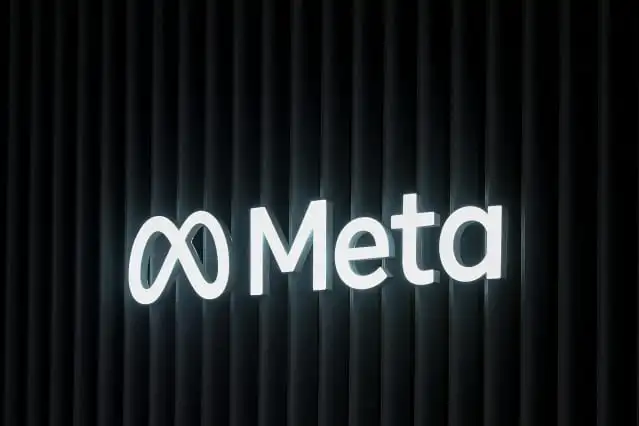New internal documents show Meta earned large sums from ads tied to scams and banned products on Facebook, Instagram and WhatsApp.
Late last year, the company’s own papers estimated about 10% of its yearly revenue, roughly $16 billion, came from fake e‑commerce schemes, illegal online casinos, shady investments, and banned medical items. The files also say the platforms ran an average of 15 billion “higher risk” scam ads each day in December 2024. One document puts annualized revenue from that group of ads at about $7 billion.
The records say Meta often flagged suspicious advertisers, but acted only when its systems were at least 95% sure a seller was committing fraud. If the systems were less sure, Meta did not ban the advertisers; instead, it raised their ad costs as a deterrent.
People who clicked scam ads then tended to see more of them, the documents say, because Meta’s ad system shows users more ads based on what they interact with. The papers were made between 2021 and this year and came from teams in finance, lobbying, engineering and safety.
Outside experts said it is worrying that Meta kept earning from suspected fraud. One former safety investigator noted the gap between what regulators allow for other industries and what happens in online ads.
Meta pushed back, saying the documents “present a selective view that distorts Meta’s approach to fraud and scams.” The company also called its internal revenue estimate “rough and overly-inclusive.”












Leave a comment